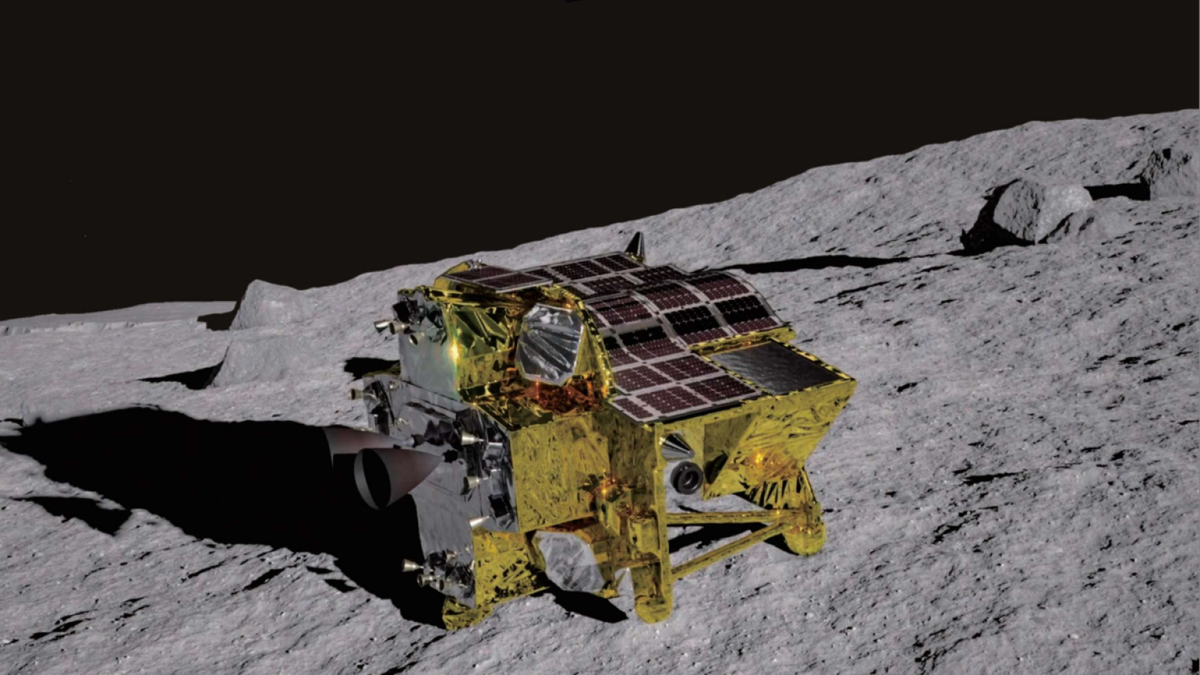Japan had its moment in the Moon’s glow earlier this year when scientists landed a lunar probe on the surface of our nearest celestial neighbor. The landing didn’t quite go to plan, though, as the probe landed face-first. After that, it was expected to survive for a matter of days. However, the probe is still going strong and keeps beaming information back to Earth.
The catchily named Smart Lander for Investigating Moon (SLIM) probe landed on the lunar surface back in January. However, the touch down didn’t quite go as planned and the craft landed nose-down in the lunar dirt with its solar panels pointing the wrong way. Because of this, the craft was only expected to survive for a few days, but has now survived its third Lunar night, which is a roughly two-week period of freezing temperatures and complete darkness.
Now, SLIM is still alive and beaming vital data back to Earth, reports Futurism. As the site explains:
At first, the team at the Japan Aerospace Exploration Agency (JAXA) worried it would soon have to be shut down for good due to its solar cells being unable to generate power.
Just over two months later, JAXA confirmed that the lander was still alive and transmitting signals following two bitterly cold lunar nights.
And miraculously, SLIM is still kicking.
“Last night (the night of April 23), we were able to successfully communicate with SLIM which had started up again, and confirmed that SLIM had survived for the third time,” an update by the agency’s SLIM on X reads, as translated by Google.
The lander has since sent back black and white images of its landing site, which includes shots of the hilly, desolate lunar surface. Now, the team hopes to find out what parts of the craft are still working and which bits have been put through the ringer by the harsh lunar conditions.
Another probe on the surface of the moon doesn’t seem to be faring quite as well as SLIM, however. Futurism reports that the Odysseus lander from U.S.-based space startup Intuitive Machines went silent just a week after landing on its side of the moon’s surface.

